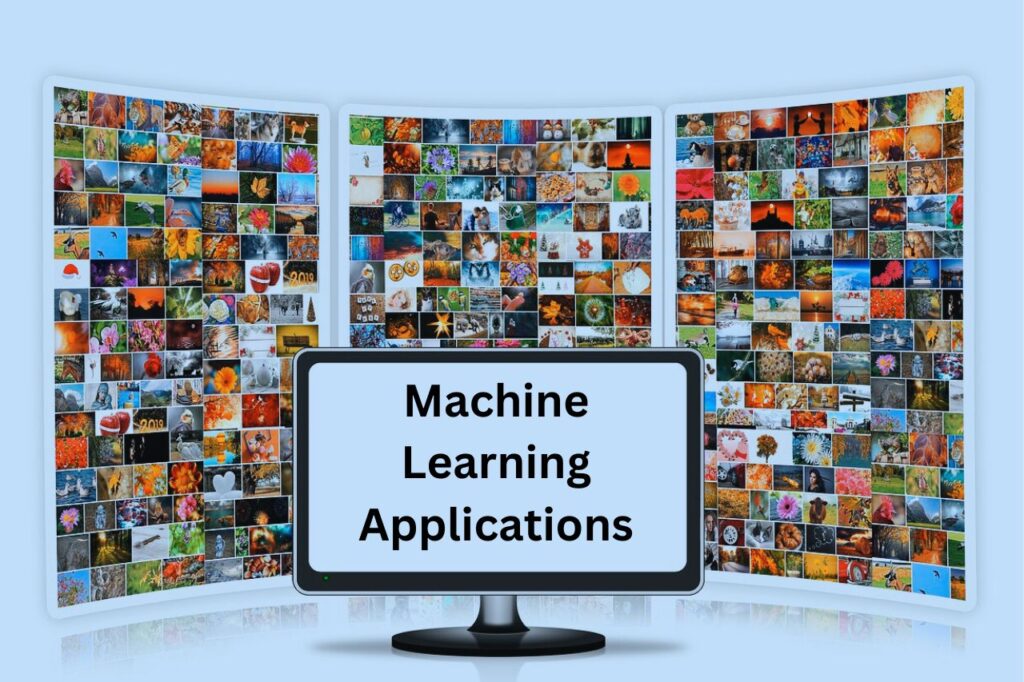Artificial Intelligence (AI) and Machine Learning (ML) are two related but distinct fields of computer science that aim to create intelligent systems and machines.
Understanding the differences between AI vs ML is crucial for choosing the right approach, tools, and techniques for solving complex problems and achieving desired outcomes.

1- Definition Breakdown
– Artificial Intelligence (AI) encompasses the broader concept of empowering machines or systems to sense, reason, act, or adapt in a manner akin to human capabilities.
– Machine Learning (ML), as a subset of AI, is the practical application that enables machines to autonomously extract knowledge from data and learn from it.
2- Scope and Application
– AI has a wide scope, encompassing anything that allows computers to mimic human intelligence, including robotics, problem-solving, and language recognition.
– ML has a narrower scope, focusing on developing systems that can learn from data and make predictions about future outcomes.
– AI applications and use cases include virtual assistants, self-driving cars, facial recognition, and game playing.
– ML applications and use cases include image recognition, natural language processing, speech recognition, and recommendation systems.
3- Learning Approaches
– AI learning methods include rule-based systems, expert systems, fuzzy logic, and neural networks.
– ML learning methods include supervised learning, unsupervised learning, reinforcement learning, and transfer learning.
– AI learning methods rely on predefined rules or knowledge bases to make decisions or perform tasks.
– ML learning methods rely on algorithms or models to learn from data and generate insights or predictions.
4- Decision-Making Processes
– AI makes decisions based on logic, reasoning, and inference.
– ML makes decisions based on data, patterns, and statistics.
– AI decision-making processes are often transparent and explainable, as they follow predefined rules or steps.
– ML decision-making processes are often opaque and complex, as they depend on the internal workings of algorithms or models.
5- Training and Adaptation
– Training processes in AI involve providing the system with rules, knowledge, or data to enable it to perform a specific task or function.
– Training processes in ML involve providing the system with data, labels, or feedback to enable it to learn and improve its performance over time.
– AI systems are often static and rigid, as they do not change or adapt to new situations or data.
– ML systems are often dynamic and flexible, as they can change or adapt to new situations or data.
6- Real-World Examples
– AI implementations include Google Assistant, Tesla Autopilot, Facebook DeepFace, and AlphaGo.
– ML implementations include Google Photos, Amazon Alexa, Netflix, and Power BI.
– AI implementations demonstrate the ability of machines to perform human-like tasks or functions, such as understanding language, recognizing faces, or playing games.
– ML implementations demonstrate the ability of machines to learn from data and provide useful services or solutions, such as organizing photos, answering queries, or generating insights.

AI vs ML Conclusion
– AI and ML are two different but related fields of computer science that aim to create intelligent systems and machines.
– The 6 key insights that distinguish AI and ML are: definition, scope and application, learning approach, decision-making process, training and adaptation, and real-world example.
– Distinguishing AI and ML is important for choosing the right approach, tools, and techniques for solving complex problems and achieving desired outcomes.
FAQs
What are some examples of AI and ML applications and use cases?
AI applications and use cases include virtual assistants, self-driving cars, facial recognition, and game playing. ML applications and use cases include image recognition, natural language processing, speech recognition, and recommendation systems.
What are the main types of learning methods in AI and ML?
AI learning methods include rule-based systems, expert systems, fuzzy logic, and neural networks. ML learning methods include supervised learning, unsupervised learning, reinforcement learning, and transfer learning.
How do AI and ML make decisions based on data and logic?
AI makes decisions based on logic, reasoning, and inference. ML makes decisions based on data, patterns, and statistics.
How do AI and ML systems improve their performance over time?
AI systems are often static and rigid, as they do not change or adapt to new situations or data. ML systems are often dynamic and flexible, as they can change or adapt to new situations or data.
What are some real-world implementations of AI and ML?
AI implementations include Google Assistant, Tesla Autopilot, Facebook DeepFace, and AlphaGo. ML implementations include Google Photos, Amazon Alexa, Netflix, and Power BI .



